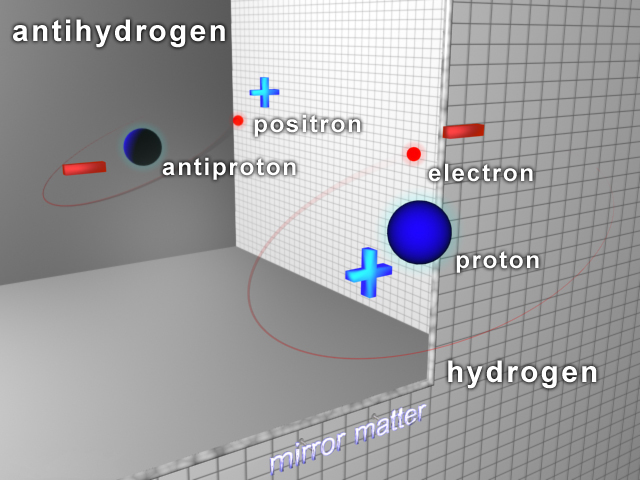
Where ordinary hydrogen is composed of one electron and one proton, antihydrogen is composed of a positron (anti-electron) and an anti-proton. Note that even though protons and positrons both have positive charges, they do not occupy the same roles. Despite their opposite charges, it’s the protons and antiprotons that have the same positions within their respective atoms. The same is true of positrons and electrons. So anti-atoms are just like regular atoms except with opposite charges. Oh, and there’s the fact that when anti-atoms meet normal atoms the two annihilate each other.
Physicists working with CERN’s ALPHA, an international collaboration with the purpose of studying antimatter, have succeeded in producing and capturing antihydrogen. The anti-atoms are trapped within the ALPHA apparatus until the scientists are ready to release them. Within a few milliseconds of this release, the anti-hydrogens annihilate against the regular matter wall of the trap. The position at which this annihilation occurs can then be detected. From this, the researchers can determine any gravitational effects.
No comments:
Post a Comment